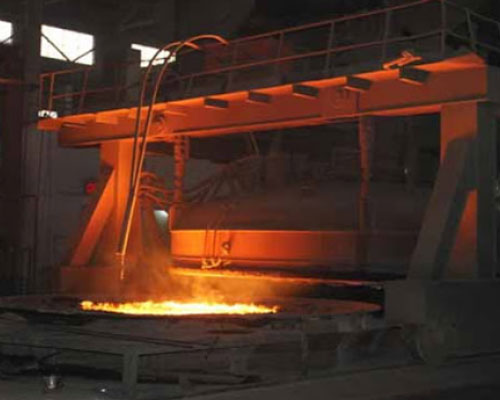The secondary aluminium smelting is to add a certain proportion of aluminum and aluminum alloy scraps into the smelting furnace, and after rapid melting, the melt is appropriately treated to obtain qualified aluminum and aluminum alloy melts. In the secondary aluminium smelting process, many physical and chemical changes and reactions will occur between the alloy itself and the environment inside and outside the furnace, and these reactions will affect the quality of the melt.

Qualified aluminum and aluminum alloy melts should include the following aspects:
(1) The chemical composition is qualified. First of all, the content of each alloying element should be within the allowable range. In addition to alloying elements, in various metal raw materials, due to various reasons, there are many types of elements or various gases and inclusions that have adverse effects on aluminum and aluminum alloys, but cannot be completely removed. For the performance of materials, the chemical composition content of various impurity elements should be within the allowable range.
(2) The melt should be clean. In the process of thermal melting of aluminum and aluminum alloys, due to the strong chemistry of various chemical elements under high temperature conditions and carelessness in the operation process, some foreign objects such as fluxes, slag or various gas, etc. are brought into the melt, and these foreign objects will adversely affect the performance of the material during the subsequent solidification process. Therefore, they should be removed as much as possible during the secondary aluminium smelting operation.
(3) The temperature is appropriate. During the smelting operation of aluminum and aluminum alloys, the aluminum and aluminum alloys that exist as solids at room temperature are heated to a temperature above the melting point to cause a phase change and transform into a liquid state. At high temperatures, aluminum and aluminum alloys and the environment will have various effects due to the increase in chemical activity, which will pollute the melt, and these changes are irreversible, which will adversely affect the performance of aluminum and aluminum alloys. Therefore, during the melting process, the temperature must be controlled so as to reduce the temperature as much as possible on the premise of meeting the subsequent solidification requirements, so as to reduce the impact on the quality of the melt.

